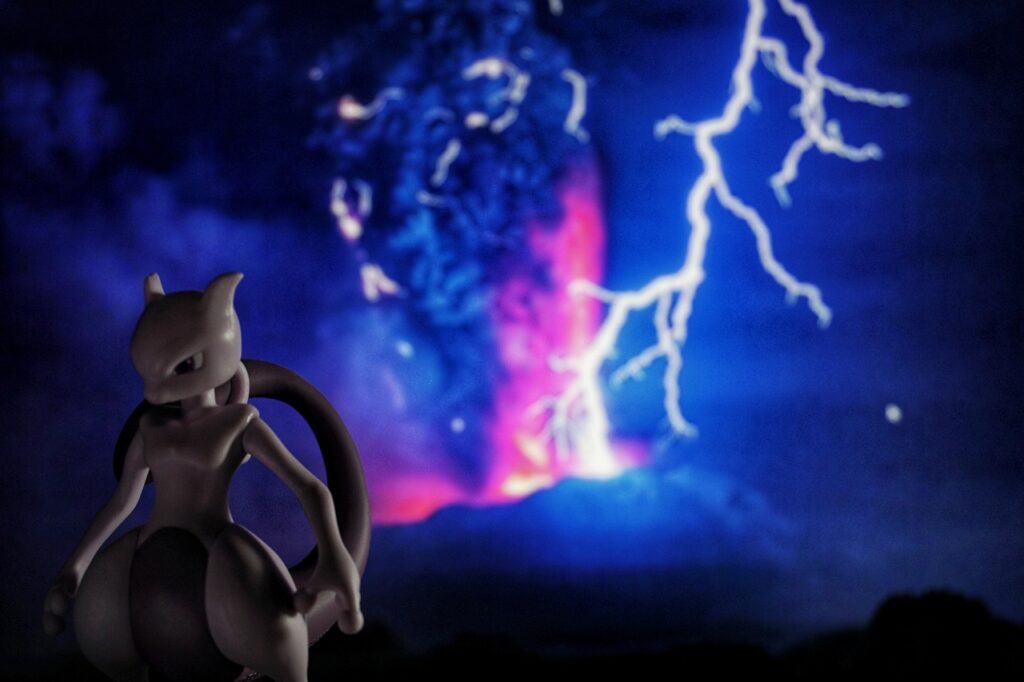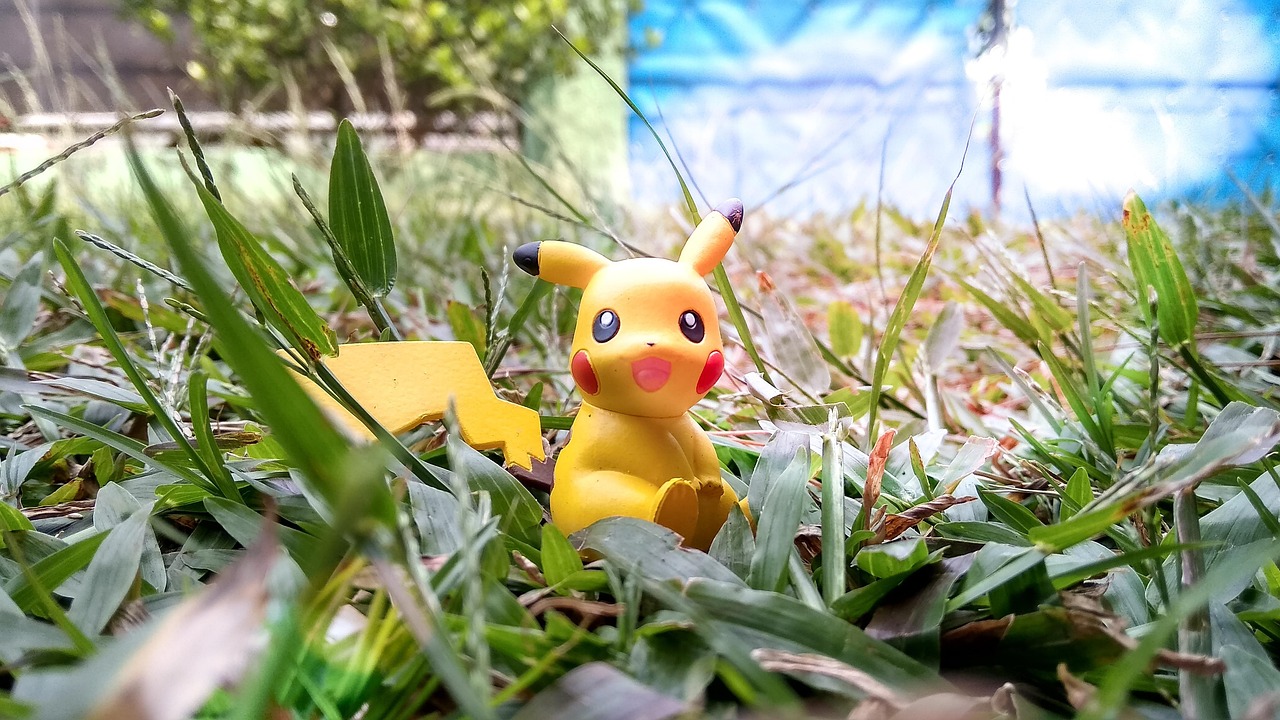Few game franchises have captured hearts (and wallets) quite like Pokémon. What began as a pair of humble Game Boy cartridges in 1996 became a worldwide cultural phenomenon that still thrives nearly three decades later. The first two generations of Pokémon games not only defined the series but also helped shape modern handheld gaming itself.
Generation I: The Beginning of a Global Obsession
In the early 1990s, Japanese game designer Satoshi Tajiri dreamed of creating a game that would let players collect and trade creatures, an idea inspired by his childhood love of insect collecting. Working with artist Ken Sugimori and the small team at Game Freak, Tajiri developed Pocket Monsters: Red and Green, released in Japan on February 27, 1996 for the Game Boy.
Internationally, Nintendo re-packaged and refined the pair as Pokémon Red and Blue, launching in North America in September 1998. Despite the Game Boy’s aging hardware, the games were an instant hit. The concept was deceptively simple: capture, train, and battle 151 creatures while exploring the Kanto region. The ability to trade Pokémon via the Game Link Cable transformed what could have been a solo experience into a social phenomenon.
The success was explosive:
- Sales: Over 31 million copies worldwide across all versions (Red, Blue, Green, and Yellow).
- Critical Reception: Praised for depth, strategy, and addictive gameplay loop.
- Cultural Impact: Spawned an anime, trading card game, toys, and an entire multimedia empire.
By 1999, Pokémon had become a household name. “Gotta Catch ’Em All” wasn’t just a slogan, it was a global mantra.

Image by Chris Maguirang from Pixabay
Generation II: Evolution on the Game Boy Color
Rather than reinventing the formula, Game Freak expanded it. Pokémon Gold and Silver debuted in Japan in November 1999 and reached North America in October 2000. Developed for the Game Boy Color, these sequels introduced vibrant visuals, a real-time clock, new mechanics, and 100 new Pokémon, bringing the total to 251.
Key innovations included:
- Day/Night Cycle: Certain Pokémon appeared only at specific times.
- Breeding System: Let players hatch baby Pokémon with inherited moves.
- Held Items & Friendship: Added layers of strategy and personality.
- Two Regions: After conquering the new Johto region, players could revisit Kanto, effectively doubling the game’s size.
Fans and critics hailed Gold and Silver as the perfect sequel, polished, nostalgic, and ambitious.
- Sales: Roughly 23 million copies sold worldwide (Gold, Silver, and Crystal combined).
- Reception: Averaged 90+ Metacritic scores and universal acclaim for its scope and replay value.
These games marked the end of Pokémon’s 8-bit era and pushed the Game Boy Color to its limits, proving the handheld still had magic left.
Lasting Legacy
Together, the first two Pokémon generations sold over 54 million copies, cementing the series as one of Nintendo’s most valuable properties. Their influence endures through remakes (FireRed & LeafGreen, HeartGold & SoulSilver), and mechanics like breeding, trading, and multi-region exploration still echo through modern Pokémon titles.
What began as a quirky idea about collecting virtual creatures became a defining force in handheld gaming, and a shared childhood memory for millions. Even decades later, trainers still remember the thrill of watching that first Poké Ball click shut.
Image by Ramadhan Notonegoro from Pixabay

